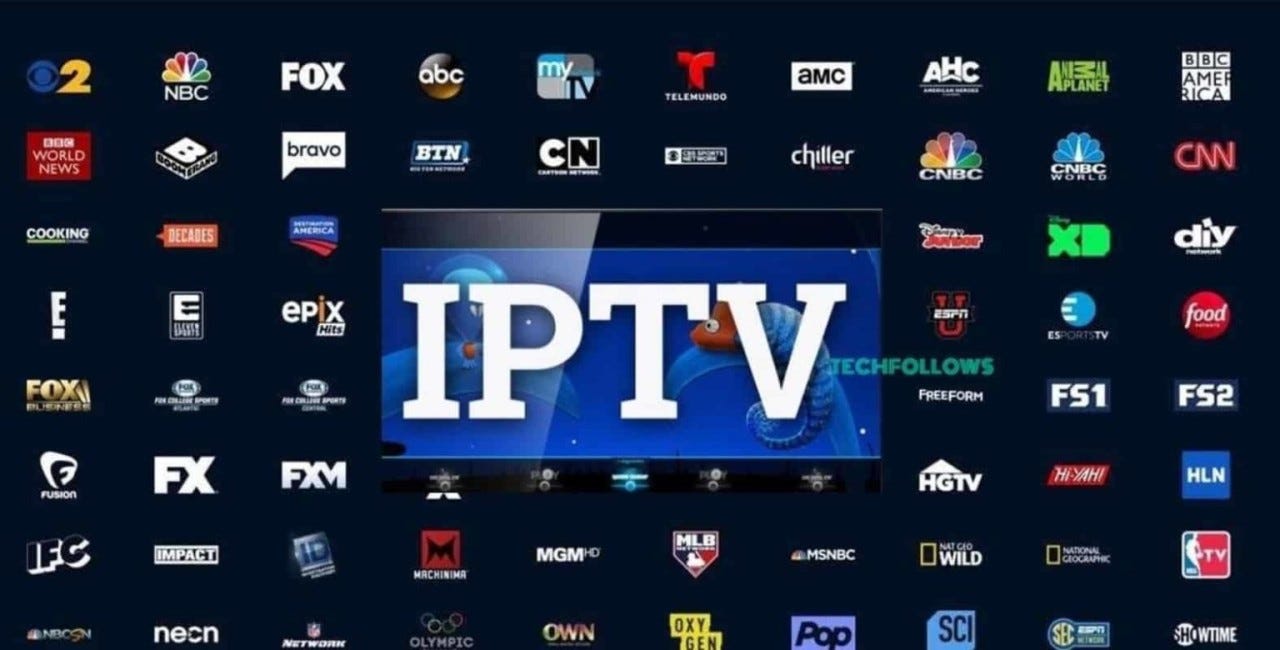Join the Streaming Change: IPTV Subscription for Unlimited Entertainment
Join the Streaming Change: IPTV Subscription for Unlimited Entertainment
Blog Article
Just How IPTV Functions: A Step-by-Step Guide to Net Procedure Television Innovation
Web Procedure Tv (IPTV) has revolutionized the means we consume television material, supplying a new realm of possibilities with the power of the internet. Comprehending the ins and outs of how IPTV functions can clarify the innovation that drives this ingenious form of media distribution. From the fundamental principles of IPTV to the intricate procedure of web content delivery, each action plays an essential function in ensuring a seamless viewing experience. In this guide, we will discover the hidden mechanisms that make IPTV an interesting fusion of innovation and entertainment.
IPTV Basics
In recognizing IPTV basics, it is critical to comprehend the fundamental workings of this modern technology in supplying television material online. IPTV, which stands for Web Method Tv, uses Web Procedure (IP) networks to transmit tv web content to customers' devices. Unlike standard approaches of broadcasting television content through cable television or satellite signals, IPTV streams media via high-speed web connections.
Furthermore, IPTV enables interactive abilities, such as video as needed (VOD) and electronic program overviews (EPG), enhancing the individual experience by providing more control and versatility in accessing material. Generally, recognizing the basics of IPTV establishes the structure for exploring its advanced capabilities and the benefits it uses to contemporary tv usage.
Web Content Delivery Process
Efficient web content distribution in IPTV systems includes a well-structured process that makes sure smooth transmission of tv web content over IP networks. The content shipment process in IPTV begins with the development of the video clip content, which is after that encoded into digital style suitable for IP transmission. This inscribed content is after that securely saved on servers referred to as media web servers. When a viewer demands details material, the IPTV system recovers the asked for data from the media web servers and supplies it to the audience's gadget online.

Middleware Performance
With the assimilation of middleware, IPTV systems gain enhanced functionality that improves individual communication and web content administration. One of the crucial functions of middleware in IPTV is to make it possible for tailored individual experiences by giving features such as interactive program overviews, video-on-demand solutions, interactive advertising and marketing, and customer preferences monitoring.

Device Compatibility
Offered the essential function of middleware in making it possible for seamless interaction and material administration in IPTV systems, a critical facet to think about is the compatibility of tools made use of for accessing the IPTV solutions. Device compatibility is essential for making sure a smooth individual experience and optimum efficiency when accessing IPTV material.
In the context of IPTV, tool compatibility refers to the ability of a gadget to successfully communicate with the IPTV solution, present material correctly, and support the needed methods and codecs for streaming video clip material over the net. Various gadgets, such as smart TVs, set-top boxes, smart devices, tablets, and computer systems, may have varying degrees of compatibility with IPTV solutions.
To make sure a seamless watching experience, it is essential for individuals to pick devices that work with the particular IPTV solution they are utilizing. In addition, IPTV company must use support for a variety of tools to deal with the varied demands of their customer base. By focusing on device compatibility, both customers and company can enhance the overall IPTV experience.
Quality of Solution (QoS)
Thinking about the essential role of maintaining a high standard of performance and dependability in IPTV systems, guaranteeing consistent High quality of Solution (QoS) remains an essential element of the customer experience. QoS in IPTV describes the capacity of the system to provide material with minimal disruptions, high resolution, and fast filling times. To attain ideal QoS, various factors require to be resolved. Network data transfer is important to sustain high-quality video streaming description without buffering or pixelation. Furthermore, latency, jitter, and packet loss should be minimized to improve the checking out experience.
Solution carriers utilize QoS mechanisms such as web traffic prioritization, buffering, and mistake correction to preserve a secure IPTV service. By prioritizing IPTV traffic over less time-sensitive data, carriers can make sure smooth playback even throughout optimal usage hours. Buffering aids make up for network fluctuations, while mistake improvement methods boost information stability.
Continuous surveillance and optimization of QoS criteria are necessary to adjust to transforming network problems and individual demands. Ultimately, a durable QoS structure is important for supplying a smooth and pleasurable IPTV experience to customers.
Verdict
Finally, IPTV operates via the transmission of television content over internet protocol networks. The innovation entails a methodical process of web content click for source delivery, promoted by middleware capability to make certain compatibility throughout different tools. Top quality of Service plays an important duty in maintaining the efficiency and reliability of IPTV services. Comprehending the fundamental concepts of IPTV is vital for realizing the ins and outs of this cutting-edge television innovation.
Report this page